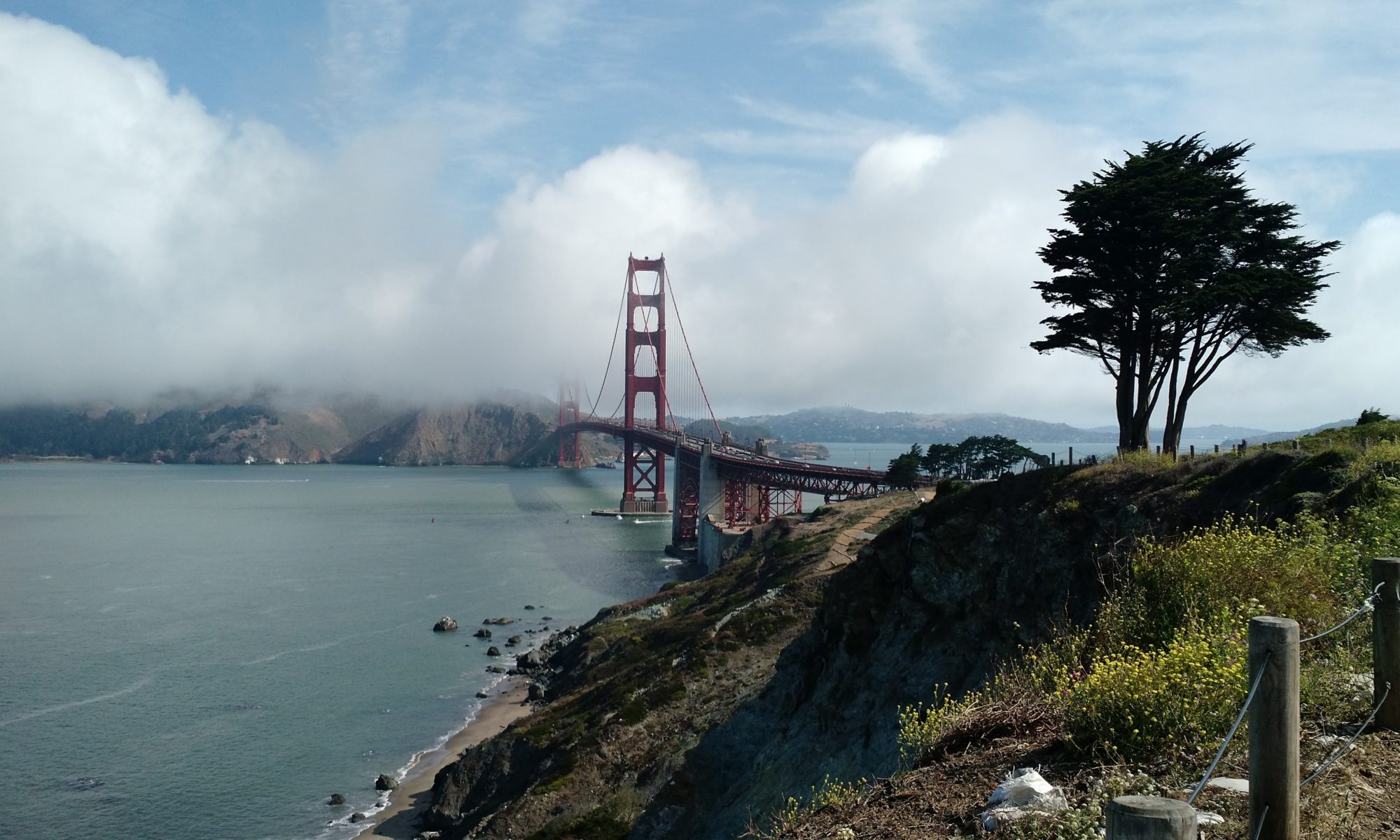
So, after the not-so-awesome first night’s sleep in the back of the car, we continued toward the nearby Fort Kearny State Park. Fort Kearny was one of the early well-known stops along the trails, a trading and restocking depot along the California, Mormon and Oregon Trail systems. It went through a few face-lifts during its years of existence, but importantly, it was established by the US government as a service to pioneers heading west along the Platte River.

The Platte River, we would find, was an essential lifeline to the early pioneers as they crossed Nebraska and into Wyoming (where things would get a lot worse). It’s an odd river in that it’s somewhat shallow at many points, but it also gets muddy and changes its shape/location readily. It was also important to the Native Americans of the area, which means the pioneers and Indians were in close proximity, sometimes leading to conflict (hence the need for a Fort at this location).
The state park grounds were interesting, including quite a few replica buildings and the outlines of where previous buildings were. This site wasn’t well-maintained from its time as a fort, as most of the materials were dismantled around the time the transcontinental railroad was completed (another theme throughout the trip, as nearly every museum would bring up that the trail effectively ended once the train system was completed). After that point, there wasn’t much need to protect travelers, so the fort was abandoned and eventually turned over to the Nebraska state government.

After leaving Fort Kearny, we passed multiple rock formations that were frequently mentioned in the diaries of those traveling the trail. Courthouse and Jail Rocks were the first…

…followed by Chimney Rock. Courthouse and Jail Rocks had a pull-out off the highway near Scott’s Bluff, but no visitor center. Chimney Rock, however, had a decent visitor center with some displays of artifacts and another video. By this point, we were noticing that most of these videos told the same story for 10 minutes, followed by 5 minutes that discussed the exact feature you were seeing. Still, it was interesting to listen to the evolution of how the trail was discussed, where early sites appeared to focus on the railroad system coming in, while later sites seemed to shift that focus more toward how Native Americans were more of a help than a hindrance to the pioneers.

The next stop, just over the border into Wyoming, was Fort Laramie. Here, in one day, we had a stark reminder of the difference between a state park and a national park. Where Fort Kearny had replica houses and somewhat chintzy displays, Fort Laramie still had original buildings and displays within those buildings to show how things were set up, including period-specific furniture, clothing, dishes, etc. If you’re going to pick one, you definitely want to visit this one (mostly because it’s free…your tax dollars at work!).
Much like Fort Kearny, Fort Laramie was there as a service to the emigrants as they crossed toward Oregon, however it ended up having a larger role in the Civil War and in multiple wars with the Native Americans of the region, so it ended up being a larger and longer-lasting establishment. It wasn’t officially abandoned until 1890, almost 20 years after Fort Kearny was opened up to homesteaders.

The buildings here were pretty cool, so I think we both agree it’s worth the visit if you get the chance. It has quite a few descriptive signs, lots of artifacts, and is big enough that you could spend a morning or afternoon exploring all of it. We only spent an hour but felt like we could have stayed quite a bit longer.
It also sits on the Platte River, so it was also important to the same emigrants who traveled multiple trails. It would be days between these two forts for a wagon train, a distance we traveled in a few hours. Thus, this establishment had much needed supplies and defenses to allow for oxen to rest before the arduous journey that was to come across the deserts of Idaho and western Wyoming.

The last place we stopped was a set of permanent wagon ruts dug into sandstone near Guernsey, WY. Apparently, the pioneers couldn’t find an easier way around this terrain, so they drove their wagons over it, digging up to 5 ft into the rock face. Kinda crazy enough wagons passed through that one spot to dig a hole in rock that deep!
After that, we stopped at a hotel in Alcova, WY. It was called the Riverview Inn. It’s attached to the Sunset Grill. Never stay at this hotel. I’ll leave it at that…
Onward!
